John Hurrell – 27 June, 2014
The transformation of pounamu surfaces into contemplative ‘found' images - ‘beamed' into the camera lens - ends up with haunting images that can be paralleled with those created by surrealists like Max Ernst. To use Duchamp's vocabulary, they appear to be ‘readymade' if the process is systematic and strictly procedural, or ‘assisted readymade' if the process is tinkered with, if it is ‘improved' by tweaking the thickness of the square slices of rock.
These photographs that stone carver Joe Sheehan has organised, utilising the photographic talents of Nigel Gardiner, develop an earlier project from 2009 where thinly sliced squares of translucent greenstone were made into ‘slides’ that placed into a carousel and projector, cast images on the gallery wall. Now the artist has had new greenstone squares lit up from one side and photographed on the other, and then enlarged and printed in two sizes.
The results are impressive. The illuminated slices of jadelike stone are fascinatingly varied in textural mood, chroma, foci and evocation. Many don’t look remotely geological but more like very large, spontaneous watercolours. As atmospheric studies in light, many have a drama that stops you dead on your tracks, for instead of being solid mineral they have an airy, or liquid quality - a gaseous insubstantiality. They seem to be replicating the restlessly fluid properties of fire, water and ether, being often reminiscent of oceanic or volcanic depths or very high altitudes.
Others have an angular crystalline structure, or a hint of botanical cellular forms that are linear. One or two even seem taken through a cross-section of the human body, as if a CAT scan. The range of these evocative images is extraordinary.
Sheehan presents two sizes of coloured photographic print. The larger set seems to be more successful because of its immersive effects on the viewer’s body and imagination, though there are some wonderful images in the smaller format. The print presentation works quite differently from the earlier wall projections because the edges are accentuated by the framing and the glossy paper has an overt materiality. These aspects in a sense state ‘here is a photograph’, and their strident assertiveness declares the image to be a sort of window into another universe.
This is why this show is a significant step forward for Sheehan beyond the craft of ‘slides in a carousel’. He is offering a mental shift to the perceiver, a different sort of imagebased experience, for the print has a sharpened acuity and depth of field, and is now a three dimensional image not flush with the wall.
The transformation of pounamu surfaces into contemplative ‘found’ images - ‘beamed’ into the camera lens - ends up with haunting images that can be paralleled with those created by surrealists like Max Ernst. To use Duchamp’s vocabulary, they appear to be ‘readymade’ if the process is systematic and strictly procedural, or ‘assisted readymade’ if the process is tinkered with, if it is ‘improved’ by tweaking the thickness of the square slices of rock.
What is surprising is the richness of their moody or exuberant emotional power, unencumbered by narrative titles - a viscerality unchecked by descriptive naming. They are discovered images from the ‘hand’ of nature onto which we project ‘expressiveness’ and communicated ‘thought’ or ‘feeling’. Even ‘representation.’ Their geological origins or content seem less relevant now. Such aspects are prone to be skipped over and forgotten. Almost irrelevant.
John Hurrell
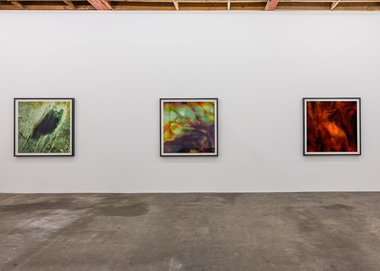
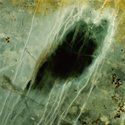
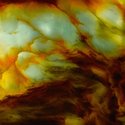
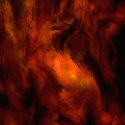
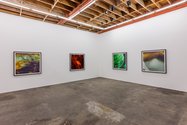
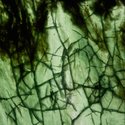
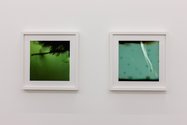
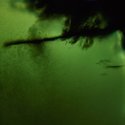
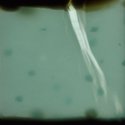
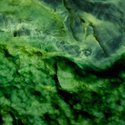
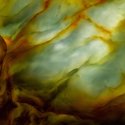
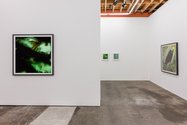
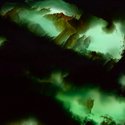
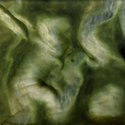
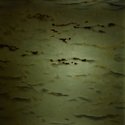
 Two Rooms presents a program of residencies and projects
Two Rooms presents a program of residencies and projects Advertising in this column
Advertising in this column
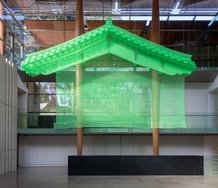
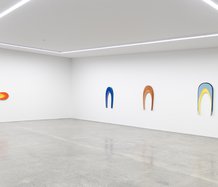
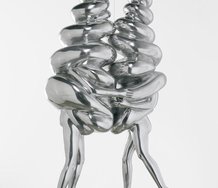
This Discussion has 0 comments.
Comment
Participate
Register to Participate.
Sign in
Sign in to an existing account.